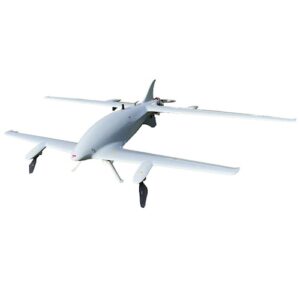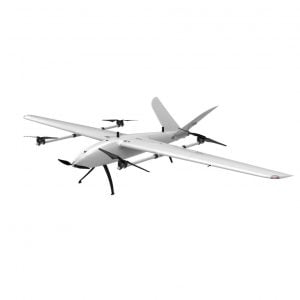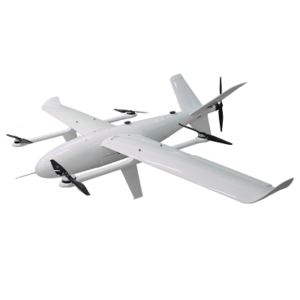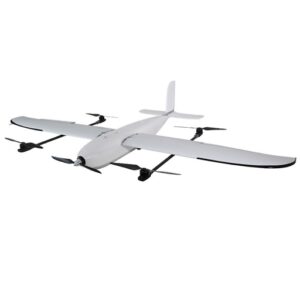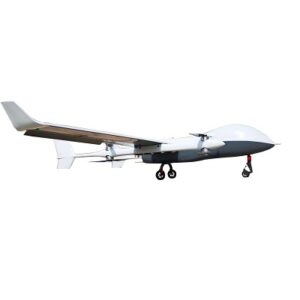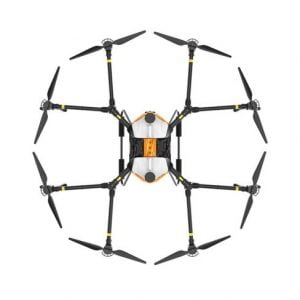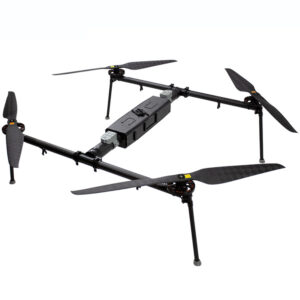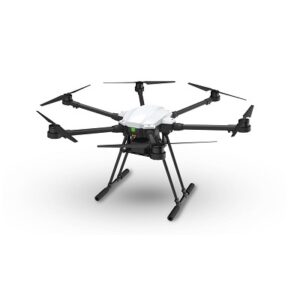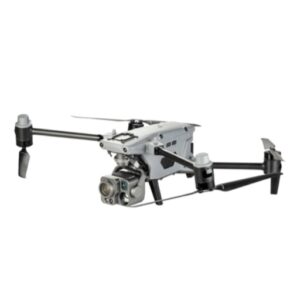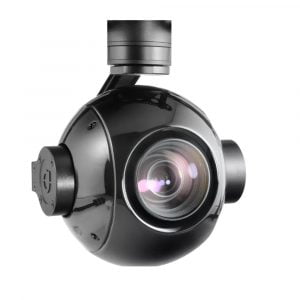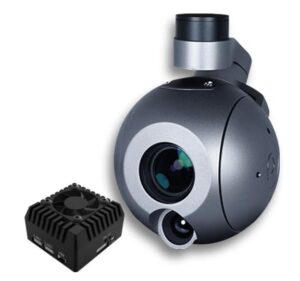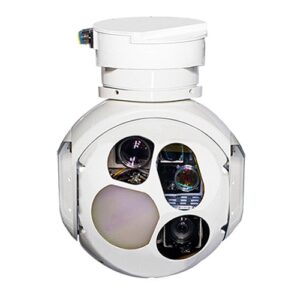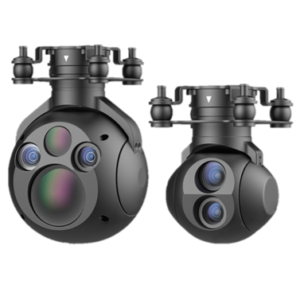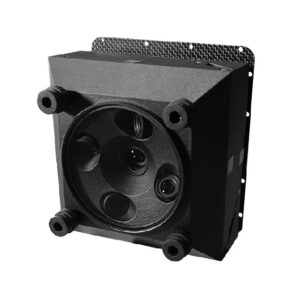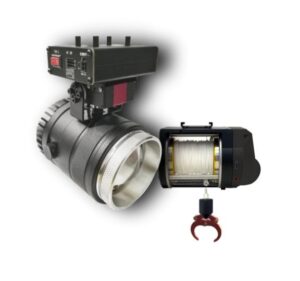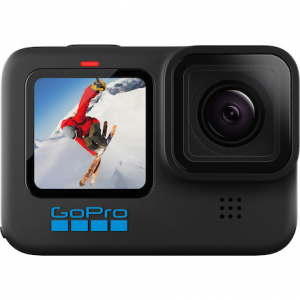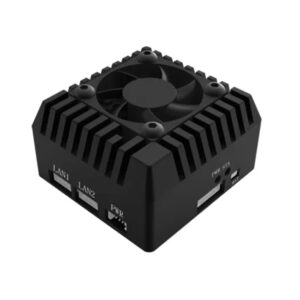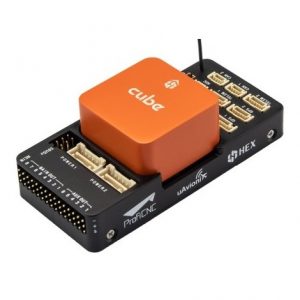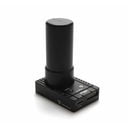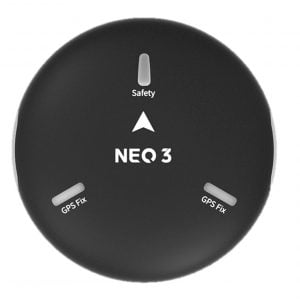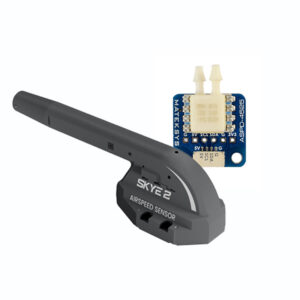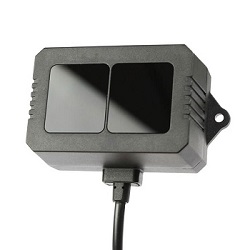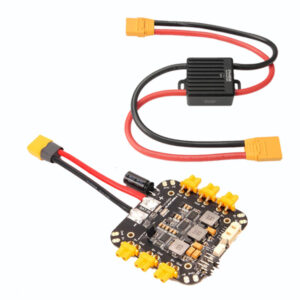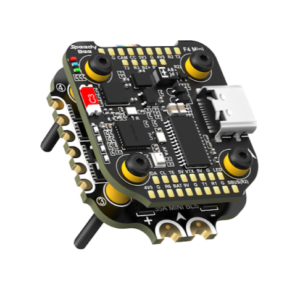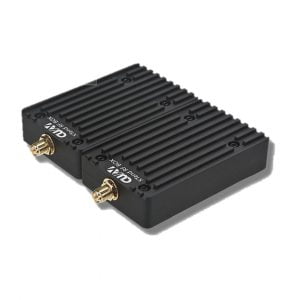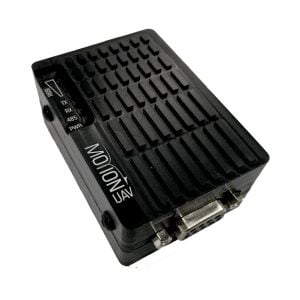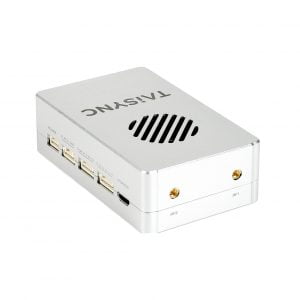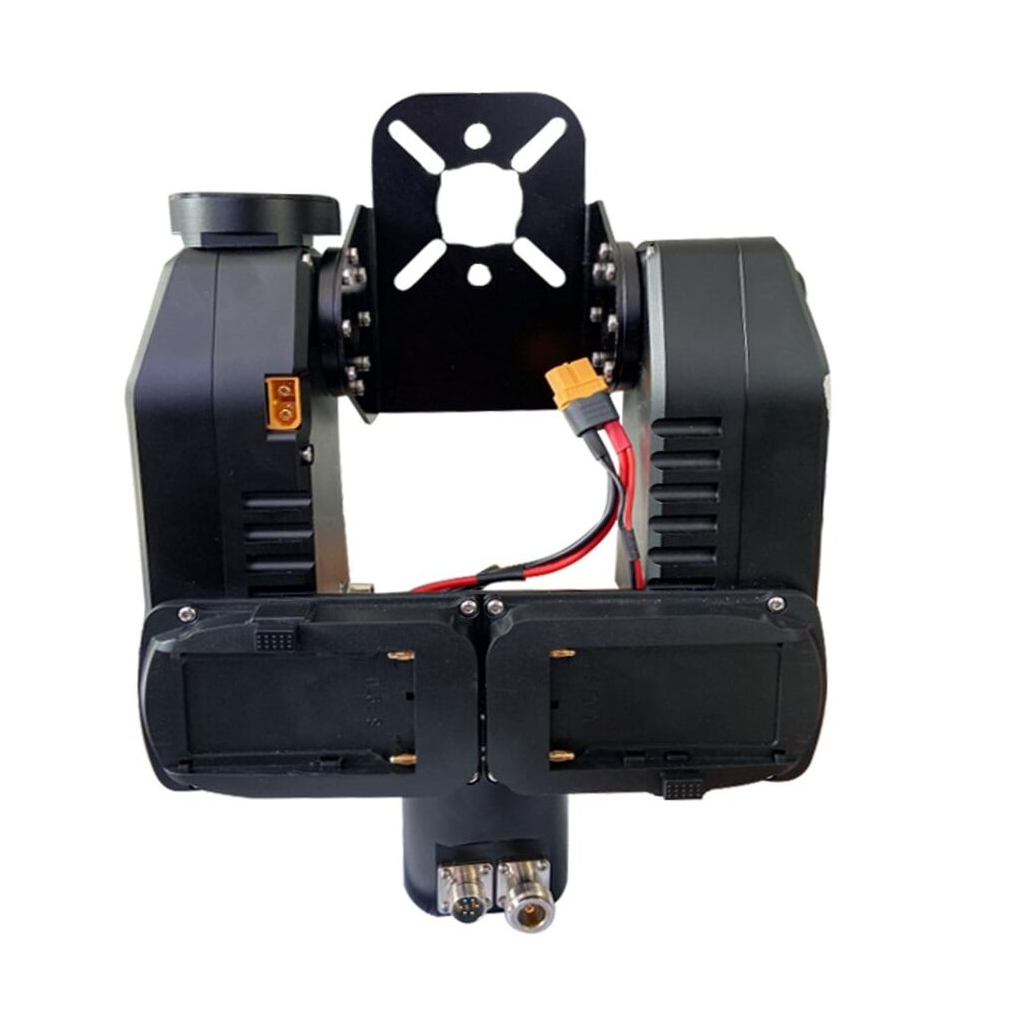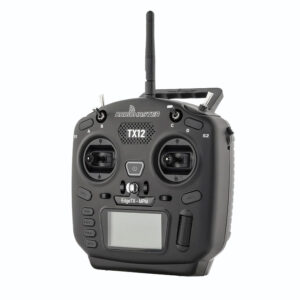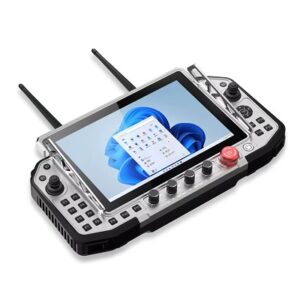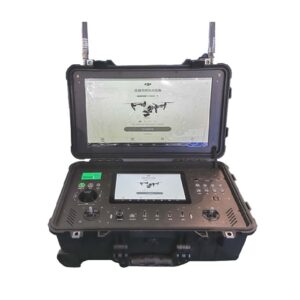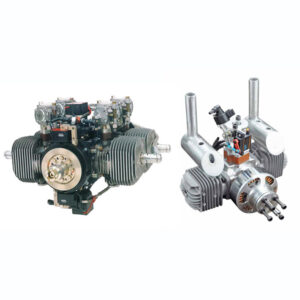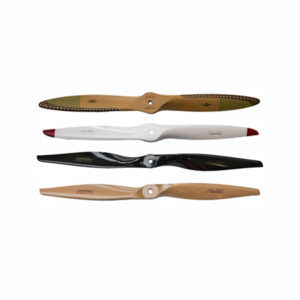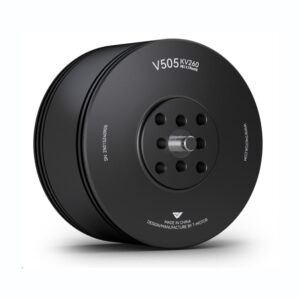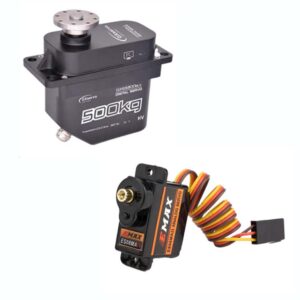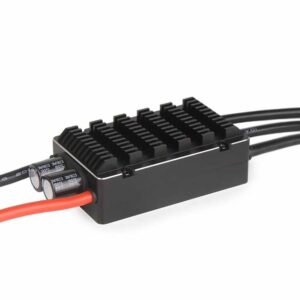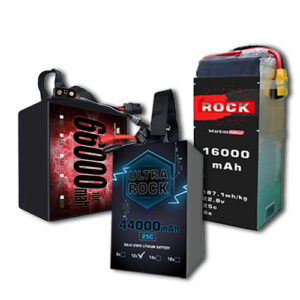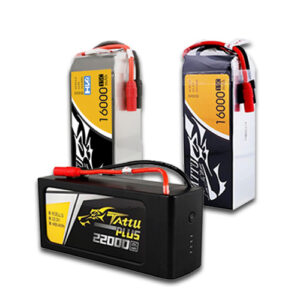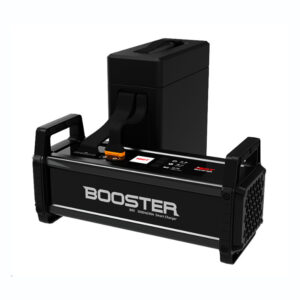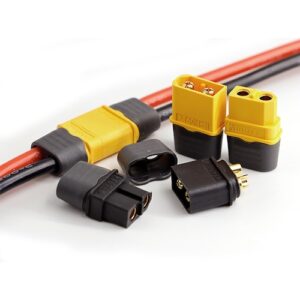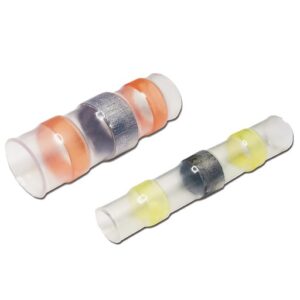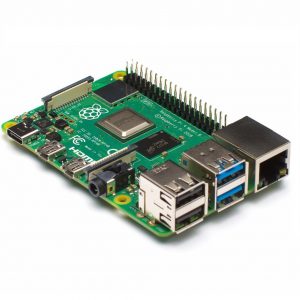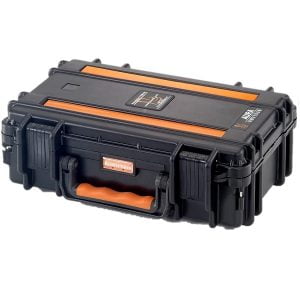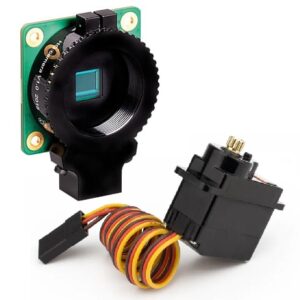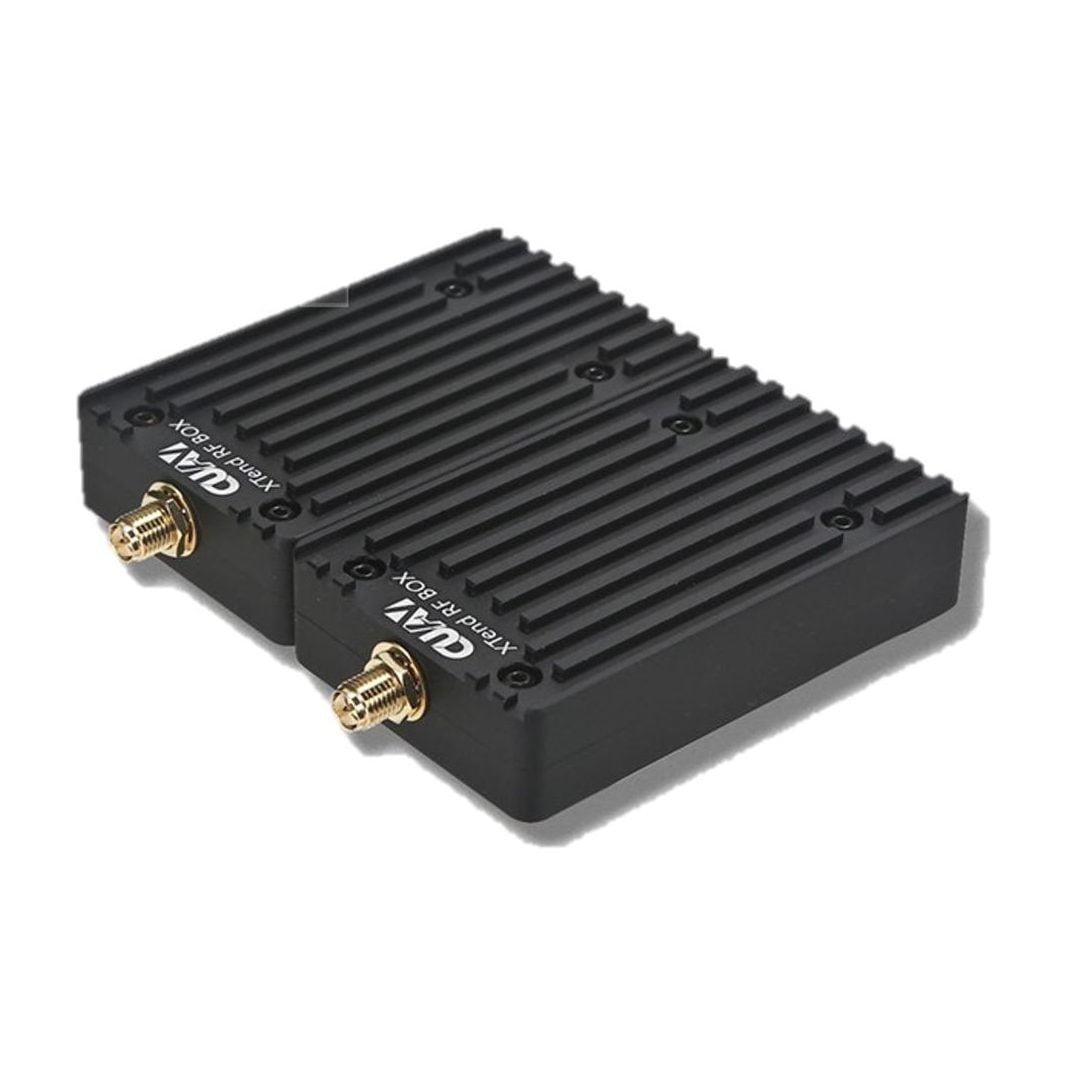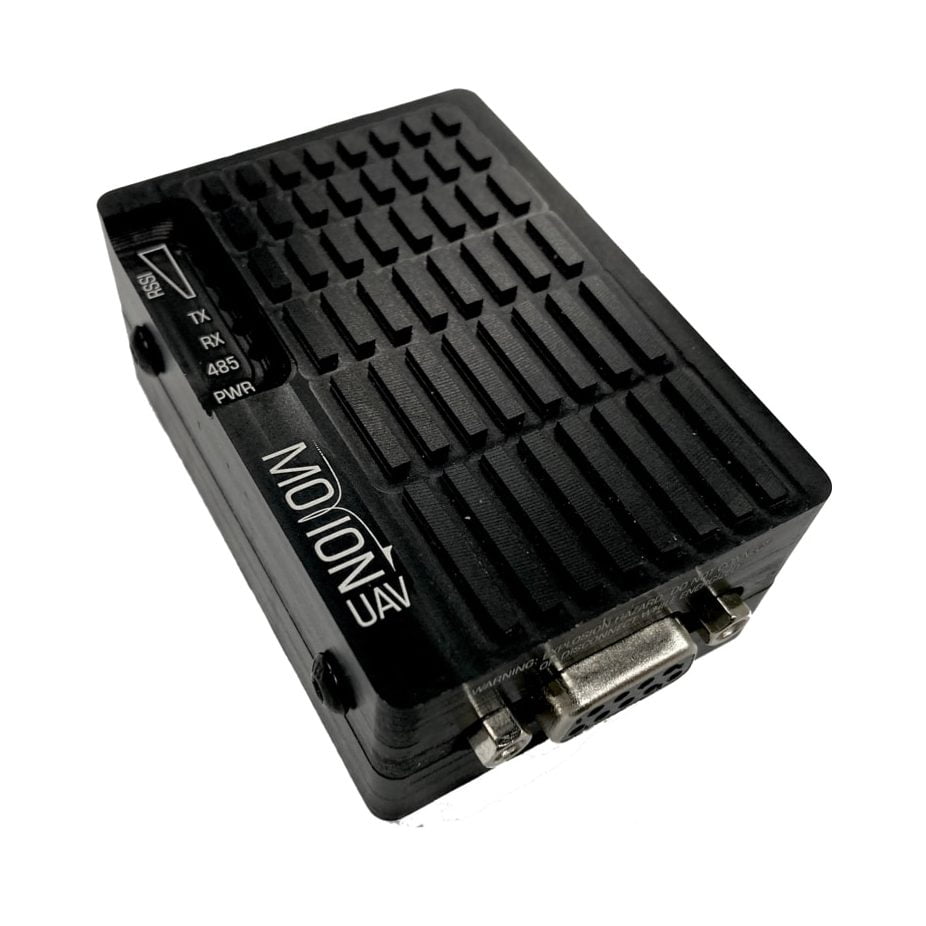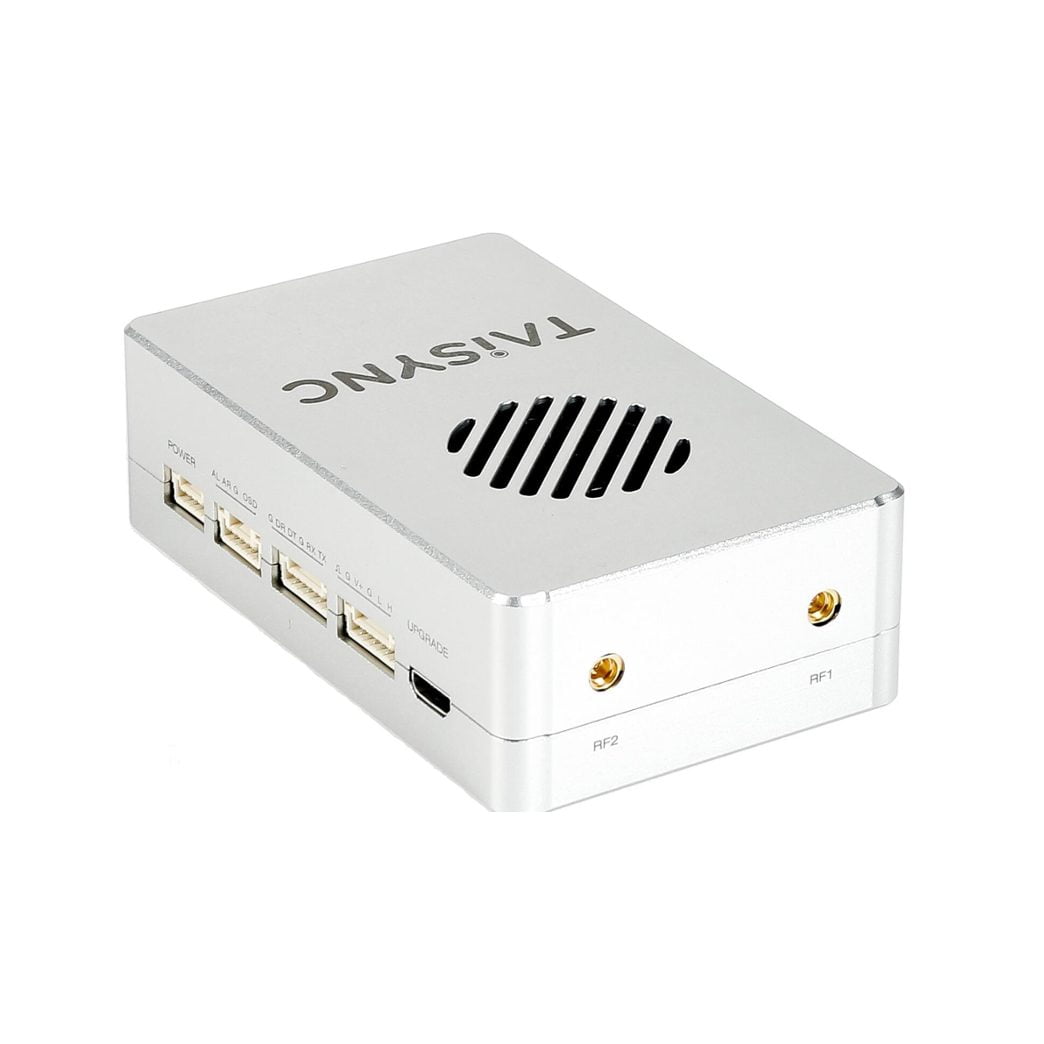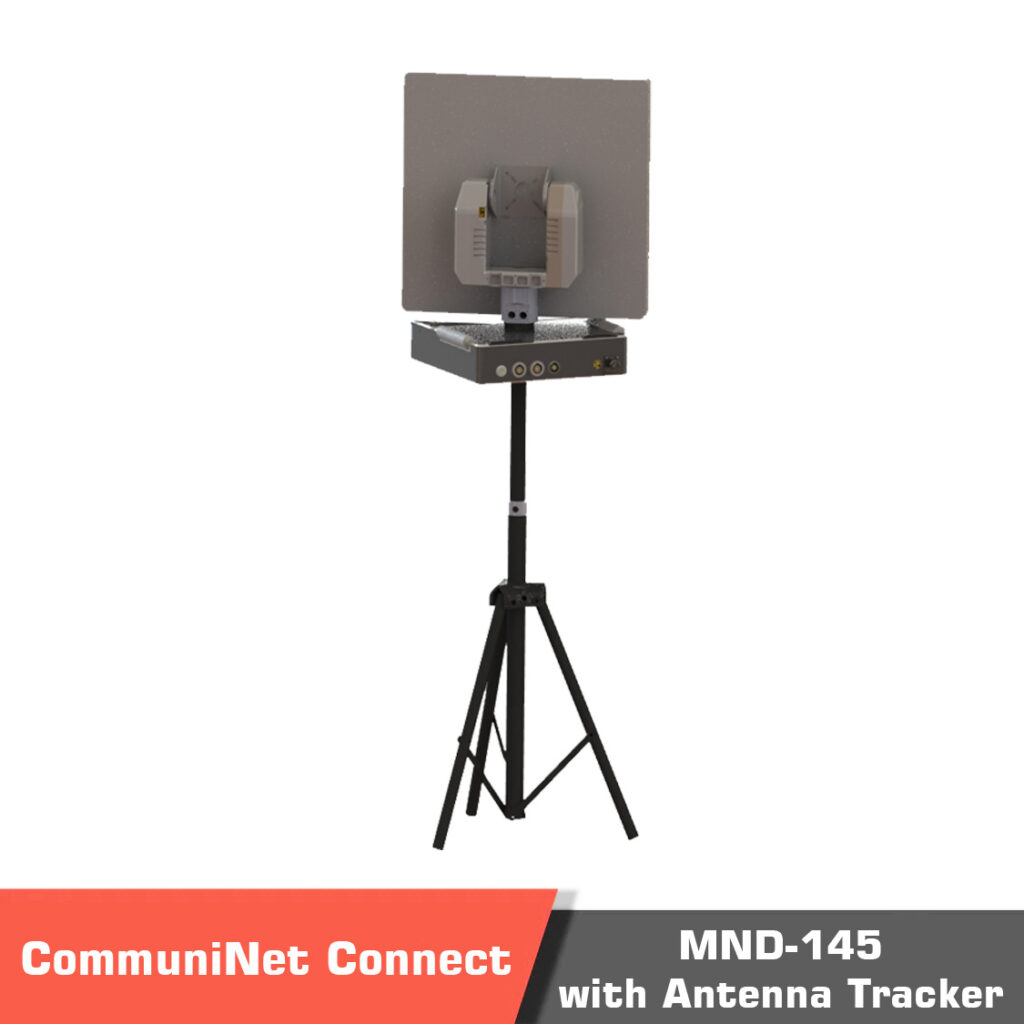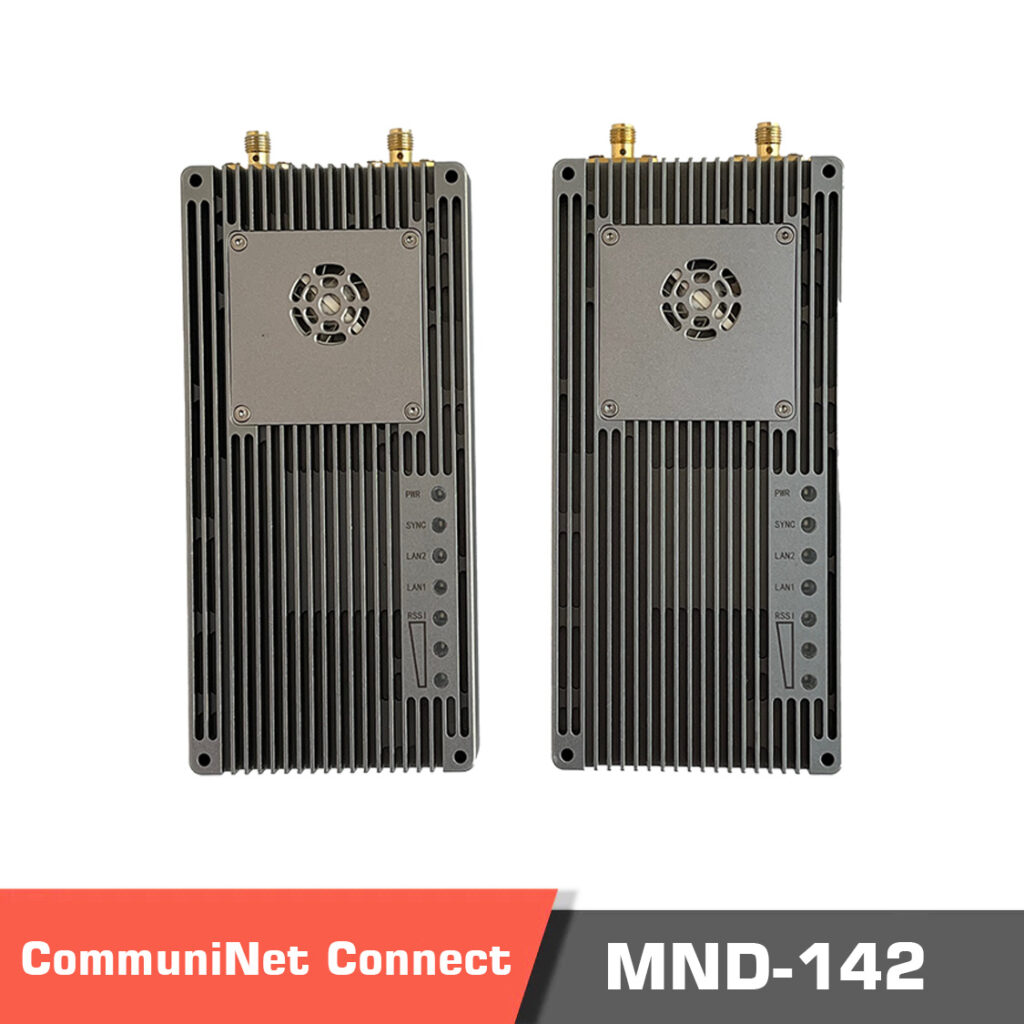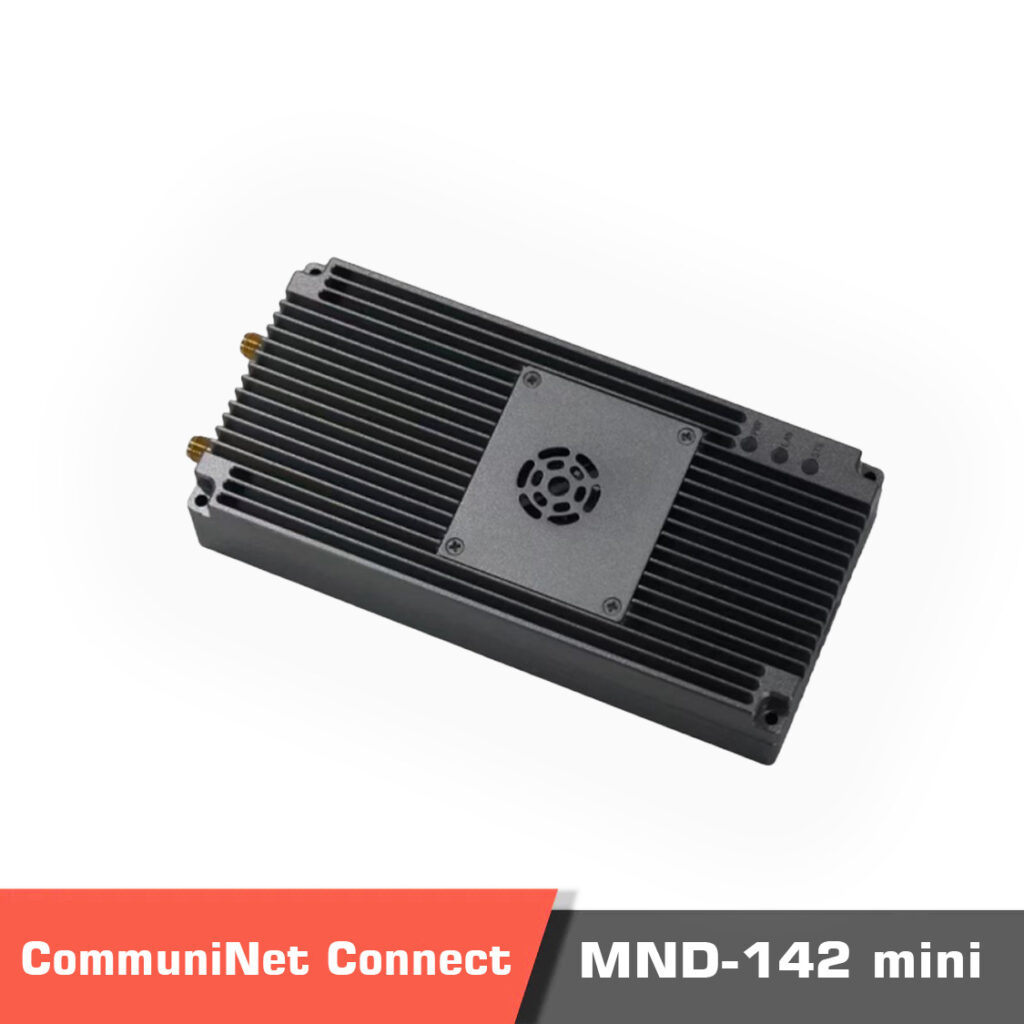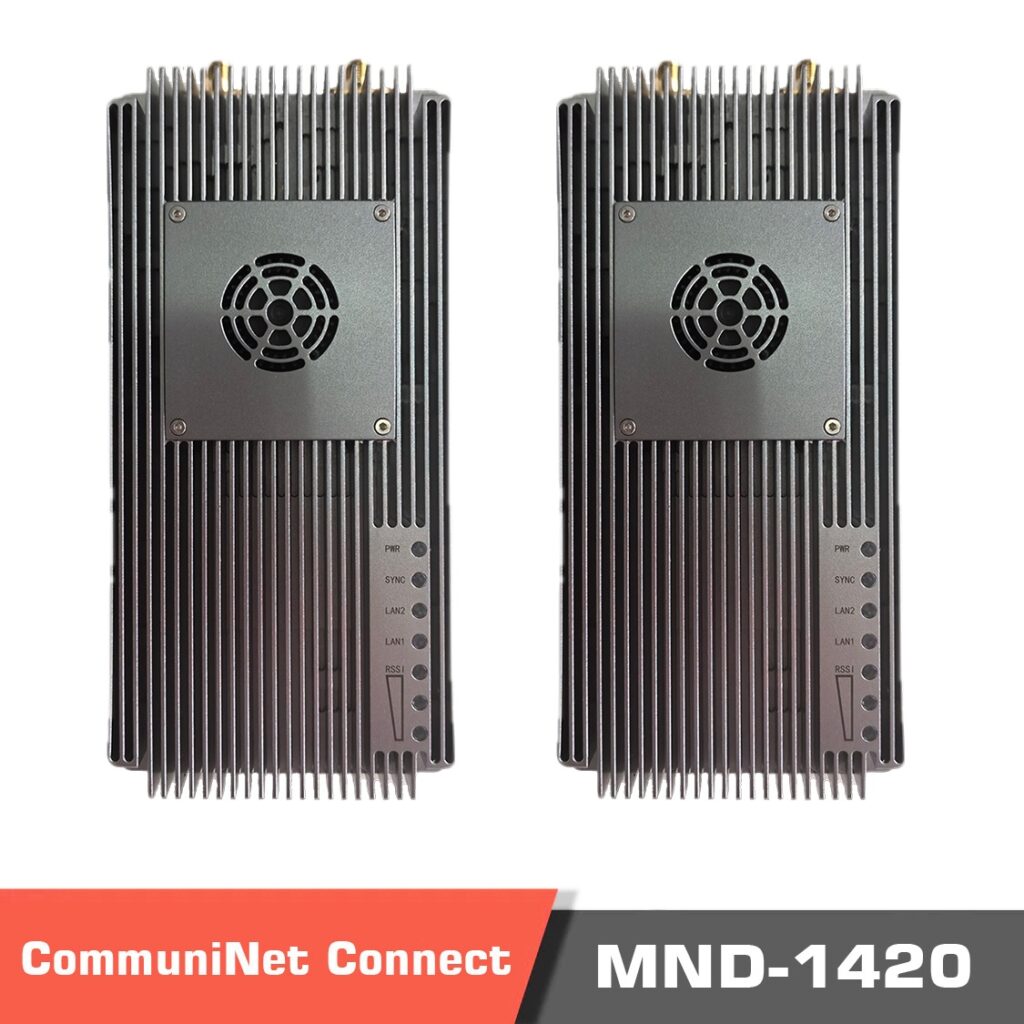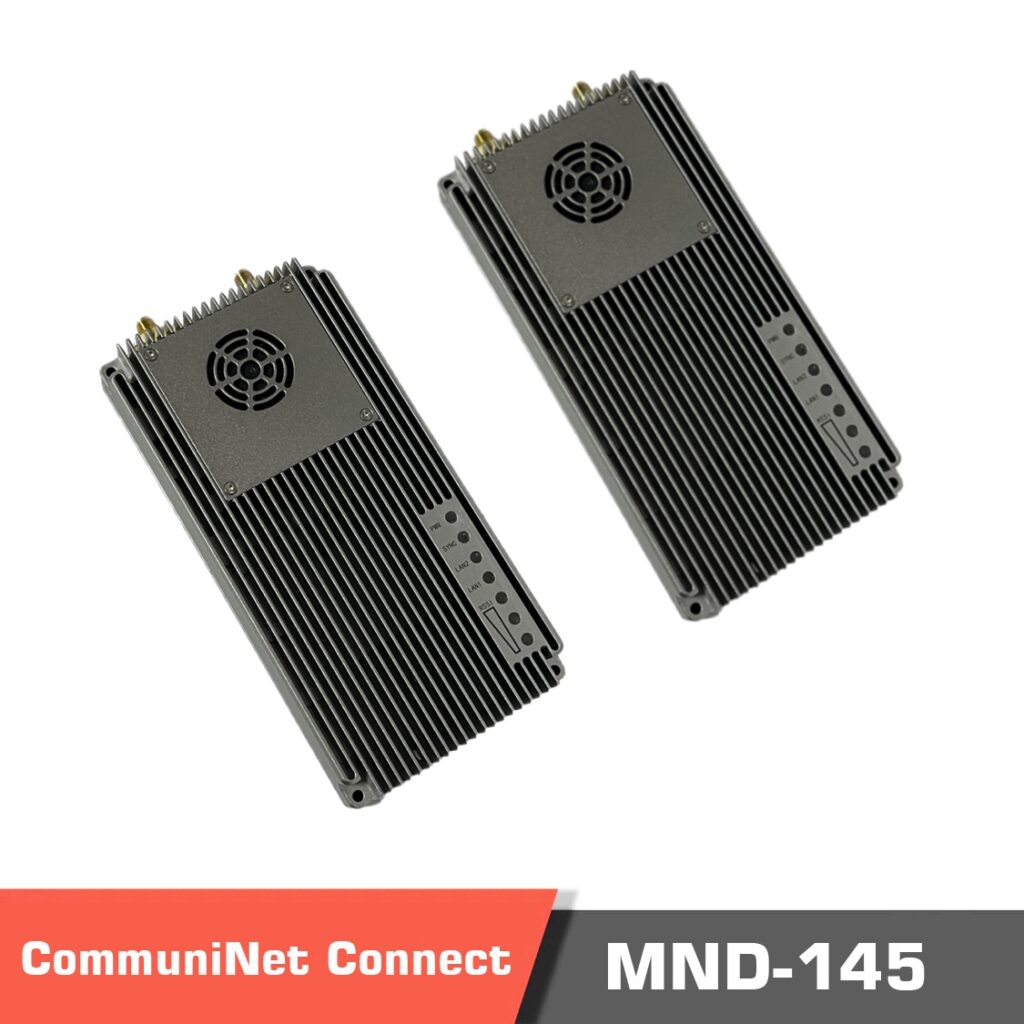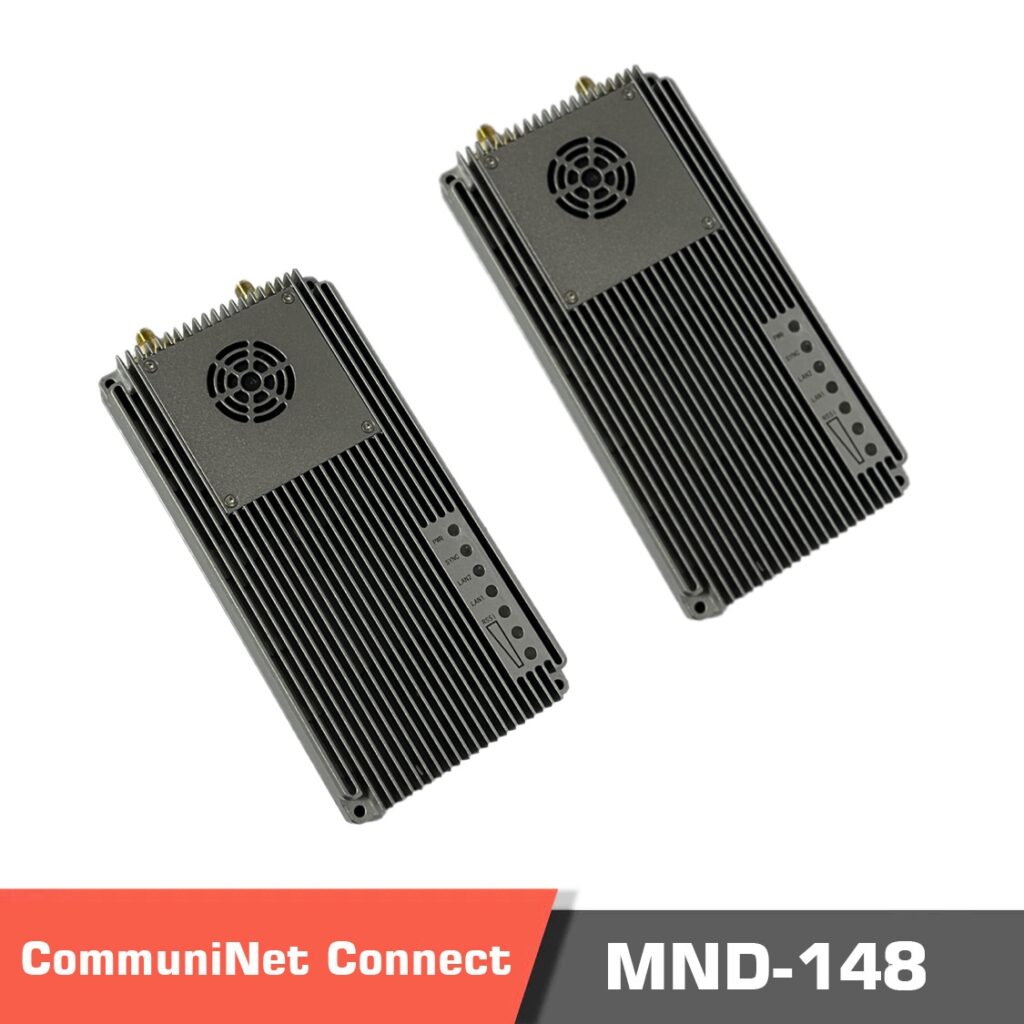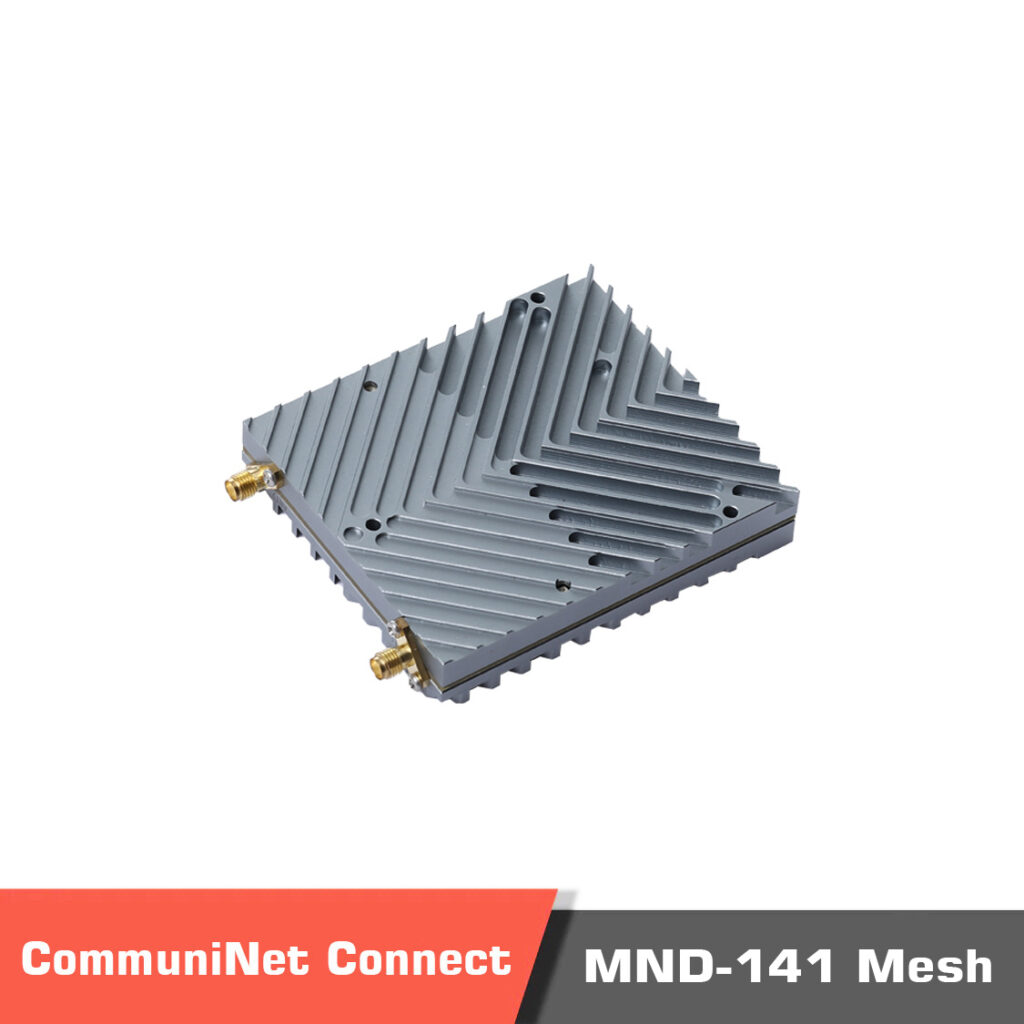Data Link & Video Link

Data link and video link systems are wireless transmission systems that are used to remotely monitor and control the drone from a distance. The air unit will be installed on the drone, and connected to the flight controller and other accessories like the gimbal to transmit the data to the ground unit for monitoring. The ground unit can be connected to a PC or a Ground Control Station to show the data on the GCS software. Control commands can also be transmitted to the drone using the ground control station and the ground datalink unit. The transmitted commands are received by the air unit and transmitted to the flight control in order to control the drone.
Working Principles of Data link and Video Link Systems
There are two types of UAV datalink systems available: Analog and Digital data link drone systems. Digital Data Links (compared to Analog Links) are more robust to noise and provide higher image qualities of up to 4K or more. On the other hand, with an analog link, the quality highly depends in the connection between the air and ground side. This means that if the RSSI is low, you may still have a noisy low quality version of your input video.
Working Frequency Range of the Wireless Data Link and Video Link Systems
The working frequency range of the wireless data link drone system is extremely important. The lower the frequency range of the datalink, the supported communication distance is technically longer due to the inherent physical properties of the electromagnetic waves which will not attenuate as much as higher frequency waves.
However, this will add some technical difficulties manufacturing of the electronic parts, antenna, as well as interference with already existing communication systems in cities.
Interface of Datalink and Videolink Systems
The available digital data link UAV systems in MotioNew store have rich sets of interfaces to communicate with different kind of accessories including gimbal camera, flight controller systems, and a Radio controller. If the system can only transmit data, it may feature a serial interface to transmit and receive data, which can be either TTL or RS-232/RS-485.
On the other hand, if the data link drone system is also able to transmit video in addition to data, the systems need an interface for video stream input and output. Different systems can use either HDMI port or Ethernet port. In case of using an ethernet port, both the data and video are transmitted over ETH using TCP/IP protocol and RTSP for video streaming. It is important to make sure that the interfaces of the gimbal and flight controller systems are compatible with the datalink systems.
For example, old gimbals only had a HDMI port, and after a while they switched to Ethernet interface for the video output stream. Radio Control (RC) signals are usually transmitted in the form of PPM or S.BUS signals. There are usually separate ports installed on the modules for RC signal. Based on the capabilities of the datalink system, there might be more than one of each communication interface.
Bandwidth of the Videolink Systems
Video link systems need to have enough bandwidth to be able to transmit high resolution video streams over long distances in real-time. So if the bandwidth is not enough, the quality of the input stream should be reduced, or extra high delays will be experienced in the receiving end.
Some digital datalink have an adaptive algorithm that based on the RSSI of the link, decrease the bandwidth in long distances to still have reliable connection. This may lead to lower update rate of the received data. There are some video links models that are able to transmit Full HD videos with as low as only 300ms delay between input and output of the system in the Air and Ground sides. It should be noted that the delay is not only related to the video link itself and may be caused partially by the gimbal camera as well.
Frequency Range Data link and Video Link Systems
When we are talking about the working frequency range of datalink and videolink systems, we are talking about a range. For example, a 1.4GHz video link system can operate in the range from 1350~1470MHz or more. In order to avoid interference, data link and video link systems use a different frequency for uplink and downlink communication, and most of the times, the downlink is dedicated a higher bandwidth compared to the uplink, e.g., data link transmitter which is usually the air unit has 10MHz (downlink), as there are more data coming from the drone to the ground control station, vs the data link receiver which is usually the ground side which has 2.5MHz (uplink)
Dual Frequency Data link and Video Link Systems
Some data link and video link systems are configurable to operate in two completely distinct frequency ranges for user convenience since there might be some restrictions in some areas that prohibits users to use some specific frequency ranges. In most systems, the video link module needs to be configured before flight.
However, there are certain modules that support usage of the both frequency ranges at the same time as the backup. This will ensure that if one the working frequency ranges fails, the other one still operates and the communication with the drone is not lost.
Applications of Data link and Video Link Systems
The importance of long range communication link becomes more evident when the drone is operated in a dangerous situation, like fighting a fire, or in environments not reachable by humans, like rescue missions during floods or earthquakes. So it is really important to have a reliable solution.
MotioNew long range UAV data link
MotioNew offers various types of long range UAV data link with different interfaces and different output powers. Our range of products start from 0.5W transmission power such as Viulinx Long range data link 27dBm. Higher output powers such as 2W, 10W, 20W and more are available as well. We can mention CommuniNet MND-142 2W, CommuniNet MND-1410 10W, and CommuniNet MND-1420 20W to name a few of them.
